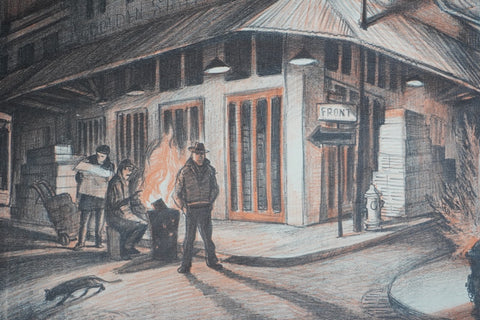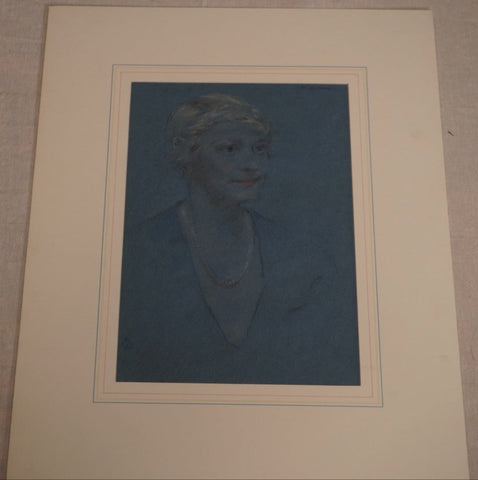Vintage Miguel Covarrubias’ Mexico Map Poster
Vintage original Miguel Covarrubias illustrated poster map of Mexico. 20.75 x 30.75. Folded. Great colors. No tears. 1950s.
Miguel Covarrubias, born in Mexico City on November 22, 1904, was a self-taught artist and writer. At the age of 19, he went to New York and almost immediately gained widespread recognition as a stage designer, illustrator, lithographer and caricaturist. Many of his sketches of artists, politicians and other public figures appeared in Vanity Fair, Vogue, The New Yorker and The New York World.
In 1924 Covarrubias met Rosa Roland, a Broadway dancer, whom he married in 1930. They became lifelong partners on a shared artistic and intellectual journey. Covarrubias’s growing interest in cultural anthropology took him and Rosa on travels to Cuba, China, Bali, and the Philippines and throughout Europe and North Africa during the late 1920s. Their artistic creations reflect their travels, and in 1933 the Guggenheim Foundation recognized Covarrubias’s work, and The Island of Bali was published in 1937 to critical acclaim. Miguel Covarrubias was also particularly interested in the material culture and artistic production of Pre-Columbian Mexico.
Miguel and Rose Covarrubias visited Stirling’s camp at Cerro de las Mesas, Veracruz in 1941. Through a clear and concise stylistic analysis of artistic elements on Olmec monuments and artifacts, Covarrubias pointed out that all early Mexican cultures displayed certain Olmec artistic traits. The Olmec, however, did not appear to borrow any elements from other cultures. Covarrubias’s artistic analysis, which contradicted accepted scholarship, corroborated Matthew Stirling’s theory that the Olmec culture preceded all other cultures in Mexico.
Covarrubias’s writings and illustrations on Native American art and history continue to hold a prominent place among scholarly works on the cultures of the Americas.
Miguel Covarrubias died in Mexico City in 1957.













